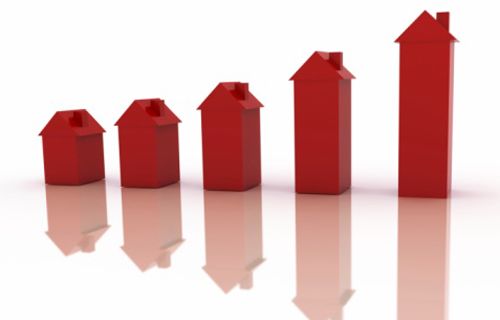
There has been a rise in the number of off-market sales, which has primarily been driven by growth in non-prime markets which have traditionally seen limited off-market activity, according to the latest data by Hamptons.
The data shows that during the first five months of the year a record 23% of London homes changed hands without being openly marketed, a rise from 20% in 2021.
However, a higher proportion of homes are now sold discreetly in prime country markets (24%) than in London. Data found that 59% of off-market sales are now outside of the capital.
With 10% of homes sold off-market nationally, the absolute numbers are running above 2015 levels.
This extension into both country and non-prime markets has primarily been driven by a lack of stock and a seller’s ability to secure a higher price in a competitive market, rather than privacy concerns, Hamptons explains.
In the five years running up to the start of the pandemic, the average home sold off-market achieved £1.2m, but growth in off-market transactions has increasingly been driven by lower-priced properties.
So far in 2022, the average discreetly marketed home changed hands for £858,000, down from £979,000 in 2021.
Nationally, around one in 10 homes sold this year found a buyer without being publicly marketed, the highest level since 2015.
So far this year, homes marketed discreetly have achieved a higher proportion of their asking price than their counterparts which were more widely marketed.
The average off-market home sold in 2022 achieved 99.5% of its asking price, surpassing the 2014 record of 98.0% which was set in a strong prime central London market.
Meanwhile, similar homes marketed to a wider audience have achieved a record average of 99.1% of their initial asking price so far this year.
The data reveals that these record prices are being achieved on the back of increasingly shorter marketing periods.
The average home sold away from the glare of the open market took an average of 42 days to find a buyer, compared to 65 days for a similar prime home that didn’t start life off-market.
The average time to sell across the whole of the market in May stood at 26 days, up from 24 days in May 2021.
The longer time taken to sell an off-market home reflects the increased length of time it takes to find buyers purchasing in the prime market.
With more off-market properties securing a sale quickly, fewer homes are then being advertised more widely later down the road.
Just over a quarter (26%) of homes marketed discreetly came onto the open market this year, down from 38% pre-pandemic in 2019.
Hamptons head of research Aneisha Beveridge says: “Selling off-market has become an increasingly established sales strategy over the last five years. The first generation of off-market sellers were those primarily concerned about their home’s privacy, keen to ensure it wasn’t exposed to anyone who wasn’t serious about buying it. While these sellers still make up around half of homes launched off-market, they were joined in 2016 by central London homeowners keen to minimise their digital footprint in what was an increasingly tough market.”
“Post-pandemic, selling off-market has increasingly been driven by sellers keen to avoid wider marketing and limiting the number of buyers through their doors. And this strategy has paid off. Buyers have been willing to pay a premium to secure their home off-market and prevent sellers from marketing the property openly to other interested parties where competition is rife.”
“It is likely that we are reaching peak off-market sales levels. With the number of homes on the market forecast to rise later in the year, buyers are likely to be more cautious about paying a premium in the face of an increasing amount of choice. If this happens, off-market sales may retreat back into their prime heartlands,” Beveridge adds.


